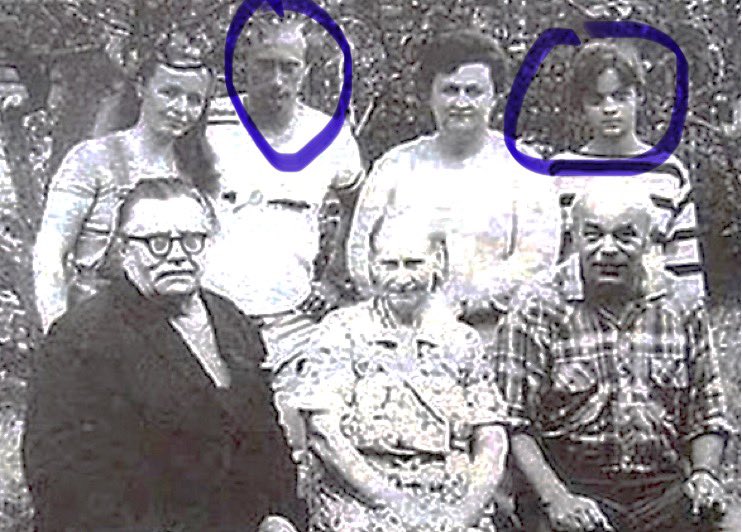I spent a week for @thetimes with Ukraine’s elite 47th Mechanised Brigade, equipped with M1 Abrams, M2 Bradleys and Paladin artillery. They told me they’re in “deep shit” in the Pokrovsk sector, where the Russians have advanced 6km towards the Donbas town in just over a week. 

Gulf War era US Bradleys have proved perhaps the most effective fighting vehicle of the war, their armour saving hundreds, if not thousands of lives, and chewing up Russian BMPs and infantry with their Bushmaster 25mm autocannon.
But Ukraine doesn’t have enough, so relies on the brigade that lead the summer counteroffensive and held defensive lines at Avdiivka to hold at Pokrovsk. They are thinned out by casualties and exhausted, and they keep having to pull back when flanks held by weaker units collapse. 

The Russians changed tactics to fight smarter, using intel to attack weak units rather than weak fortifications. They began the offensive by bringing in highly 100s of trained FPV drone operators using a new frequency Ukrainian ECM was not designed to jam and hitting logistics.
They attack in small groups of 3-4 infantry, using treelines to hide from drones, probe positions and call in artillery or drone strikes. If they can sneak a platoon size forward, the infantry assault Ukrainian positions. They have taken several villages this way.
I met some incredibly brave crews, including Dzvinka, a 28 year old architect turned Bradley commander from Lviv. They love their vehicles but need replacements, upgrades and spare parts. They are desperate for other brigades to get the Bradleys to reduce dependence on them. 

Dzvinka’s vehicle has been hit six times by Lancets, FPVs and a mortar. She says the Bradley saved her life and the troops inside. Last hit set the vehicle ablaze and shrapnel through her arm. She was trapped in the burning vehicle and said her life flashed in front of her eyes… 

Before she escaped through the gunner’s hatch. The US has given 300+ M2A2 Bradleys to Ukraine, mostly ahead for its counteroffensive last summer. Yet after more than a year of intense combat, many have had to be cannibalised to repair others. 93 have been counted lost.
The Bradleys are now being used in surgical fire missions and troop rotations to try to hold the Russians back. You can read my full dispatch from the Donbas with the 47th here:
US combat vehicles keep the Russians at bay — but for how long?
thetimes.com/article/f4dd49…
US combat vehicles keep the Russians at bay — but for how long?
thetimes.com/article/f4dd49…
• • •
Missing some Tweet in this thread? You can try to
force a refresh














